Ukraine's Wildfires: Worse Than California's

If you were visiting the War Zone in Eastern Ukraine right now, you’d see something remarkably similar to what residents of Southern California saw in January of this year. There’s tinder-dry underbrush, dangerous winds, low humidity, and these feed catastrophic out-of-control wildfires. However, unlike what went on in California, Ukrainian firefighters face added perils: bullets, bombs, and countless landmines, each of which can ignite still more wildfires.
According to Dr. Brian Roth, a Canadian-American forest scientist who works with the National University of Life and Environmental Sciences in Kyiv, almost 9,000 wildfires in Ukraine last year burned 2.4 million acres, an area about the size of the entire State of Vermont. The majority of these fires ravaged the Eastern Front, where relentless artillery barrages and rocket assaults set ablaze forests already scarred by years of relentless conflict.
Although the Ukrainians have liberated more than half of the territory captured during the initial 2022 invasion, the retreating forces left behind countless landmines and unexploded ordnance. This vastly complicates firefighting operations while making it exponentially more dangerous.
Roth moved to Ukraine last year to lend his expertise to help with this dire situation. He and his colleagues at the University, along with other international aid organizations and private companies, are using cutting-edge techniques to address Ukraine’s wildfire perils.
Innovative Solutions to Mitigate Damage
Wildfire Prediction and Mapping: Researchers at the Regional Eastern Europe Fire Monitoring Center in Kyiv are using computer models and web-based tools to map fire hazards. These experts can predict when and where the danger is the greatest. “We use these tools to help managers decide whether it’s safe to deploy crews or if they should wait for safer conditions,” Roth explains.
Web-based Geographic Information System (GIS) Tools: Clearing landmines is essential for future firefighting efforts. With a grant from the HALO Trust, researchers in Ukraine are creating an advanced GIS model to pinpoint where areas contaminated with Explosive Remnants of War (ERW) overlap with heightened climate-driven and environmental risks. This can help determine where their scarce resources can best be used.
AI-Powered Landmine Detection: Algorithms developed by Safe Pro AI, a private company based in Florida, use AI-generated drone images to detect unexploded ordnance and landmines. This speeds up the process of surveying potentially contaminated land. Using a drone avoids putting human lives at risk, and a drone can traverse large areas much faster than a human could.
Wildfires Amid Conflict: A Unique Challenge
Oksana Kukurudza, a Ukrainian-American advocate for ecological restoration, highlights the ripple effects of forest destruction. “When forests are destroyed by fire, indigenous plants and animals die and are replaced by invasive species,” she says, adding, “Forest loss leads to soil erosion that washes into rivers and seas, poisoning drinking water and killing aquatic life.”
War further compounds these issues. “To hold occupied territories, the Russian Army built roughly 1,000 kilometers of trench lines, and they planted countless mines, and installed dragon’s teeth,” Kukurudza states. “Ukrainians have responded with their own defensive measures. The unfortunate, if not tragic result is that ordnance from both sides destroy forests directly or trigger wildfires that devastate ecosystems.”
The Human Cost of Ecocide
The ecological destruction caused by war is staggering—not just for forests but also for the local communities. “It’s a traumatic situation,” Roth admits. “Many forests where local residents used to pick wild berries and mushrooms are now designated off-limits until they can be cleared of hazards.” Forests that people once used for solace and rejuvenation are closed to them.
Art Meets Advocacy
To raise awareness about the environmental catastrophe unfolding in Ukraine, Kukurudza is encouraging anyone who lives near New York to attend an event celebrating the work of the late Ukrainian photographer, Denys Kryvyi. It will be held at Ukrainian Institute of America in New York City from April 6 through May 4. The last day of the exhibit will feature expert panel discussions on the ecocide taking place right now in Ukraine. The exhibition was organized by Ukrainian Jersey City and the photos were provided by the SAYO Foundation
War Correspondent Mitzi Perdue writes from and about Ukraine. She is the Co-Founder of MentalHelp.global, an on-line program that will begin providing online mental health support in Ukraine, available on-line, free, 24/7.
